“and yet Georg Ots remained mysterious to me”
To me, Kulle Raig, the author of “The Saaremaa Waltz – the Life of Georg Ots”, is one of the most important builders of the cultural bridge between Finland and Estonia.

Kulle Raig is a Master of Philosophy who graduated from the University of Tartu with a degree in Finno-Ugric languages. She worked as an editor for the Finnish-language broadcast of Estonian Radio and editor of the Finnish cultural program Yleisradio. In 1991-1995 she was the Consul of the Estonian Embassy in Helsinki, and then their cultural advisor. From 1995 to 1999, Kulle headed the Estonian Institute in Helsinki, afterwards serving as the General Secretary of the Union of Estonian Societies in Finland.
Through the efforts of Kulle, a lot of Finnish popular science literature has been published in Estonian. She also took part in the translation of Estonian poetry into Finnish.
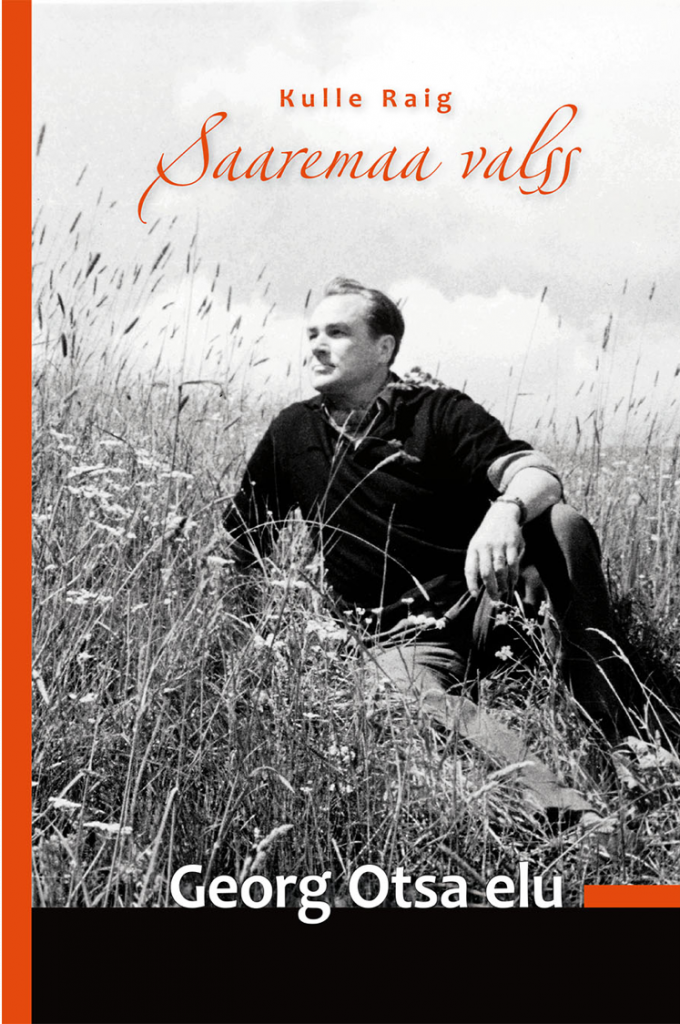
An essential part of her educational and diplomatic work consists of books aimed at Finnish readers about well-known Estonians, including “The Saaremaa Waltz – the Life of Georg Ots”.

As someone who became fascinated with Ots’s life I was very fortunate to get acquainted with Kulle Raig, who spoke with me about her book and the exceptional biography dedicated to one of the greatest singers and artists of his time.
Kulle, how would you summarise what your book is about?
- “The Saaremaa Waltz – the Life of Georg Ots” (Finnish original “Saarenmaan valssi – Georg Otsin elämä”) is about an artist whose versatile talent fed the Estonian culture for three decades: both radio and television as well as theatre, film, and light music could all draw from his skills. As an artist, Ots was adored throughout the Soviet Union and especially in Russia, where the numbers of his fans reached millions. At the same time this book tells about a person who led a dramatic life. The recently changed circumstances and now accessible archives have made it possible to shed light on Georg Ots’s private life in a whole new way.

Your book is considered as one of the best biographical works about the great Estonian singer. What pushed you to write this book?
- I wrote the book “Saaremaa valss” in Finnish by the request of Finland. Georg Ots was immensely popular in Finland and he was the only connection between Soviet Estonia and Finland during a long period of time. He recorded many of his songs in Finland and he’s still very popular and loved there. Later I translated the book into Estonian.
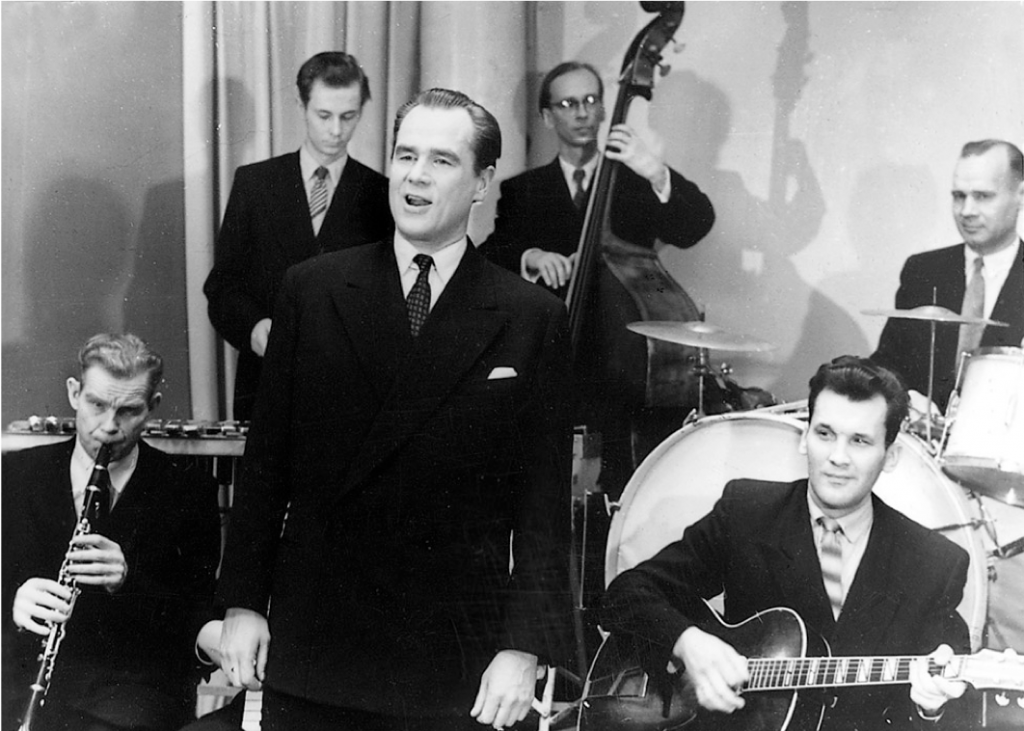
Your book discusses Ots‘s connection to Russia. Can you tell me about it?
- Yes, Georg Ots had special relations with Russia. This fact gets a lot of attention in the book starting from the early years and influences of 1911–1920 when the family lived in St. Petersburg and Moscow. During the World War II years Ots’s route of wanderings took him via Cheljabisk to Cyryanka and from there on to Yaroslavl on Volga. The book tells about his activities in “the artistic service” on the front of Yaroslavl in Estonian art ensembles. His magical voice was first discovered there, and there he also performed his first aria, Demon’s Romance. In the autumn of 1944 Georg Ots performed in his first opera role – Zaretsky in Eugene Onegin. Later the leading role of that particular opera became his trademark. Many critics, above all Russians, consider him the best Onegin ever. The decades-long triumph of this role is examined in the book in great detail as well as the role of Demon.
- Besides Onegin and Demon, of his roles in operas and operettas greater attention is being paid to Germont, Don Giovanni, Yago, Porgy, Colas Breugnon, Rigoletto, Cervantes – Don Quijote, and Gianni Schicchi.
- The book also tells about Ots’s opera visits to Moscow, Leningrad, Kiev, Vilnius, the towns of Siberia and elsewhere.
- There were over 70 stage roles (most of which in opera) and over 500 songs in Georg Ots’s repertoire, and he could sing in 20 languages.

The popularity of Georg Ots turned into idolising in the Soviet Union and Finland. Why?
- The book tries to find reasons for it. The secret of the idolising gone to massive scale did not solely lie on his artistic skills, but there had to be – and there were – other reasons for why the legend was born. He is /was so appreciated and popular mainly due to his extraordinary voice and his ability to get into his parts/roles.
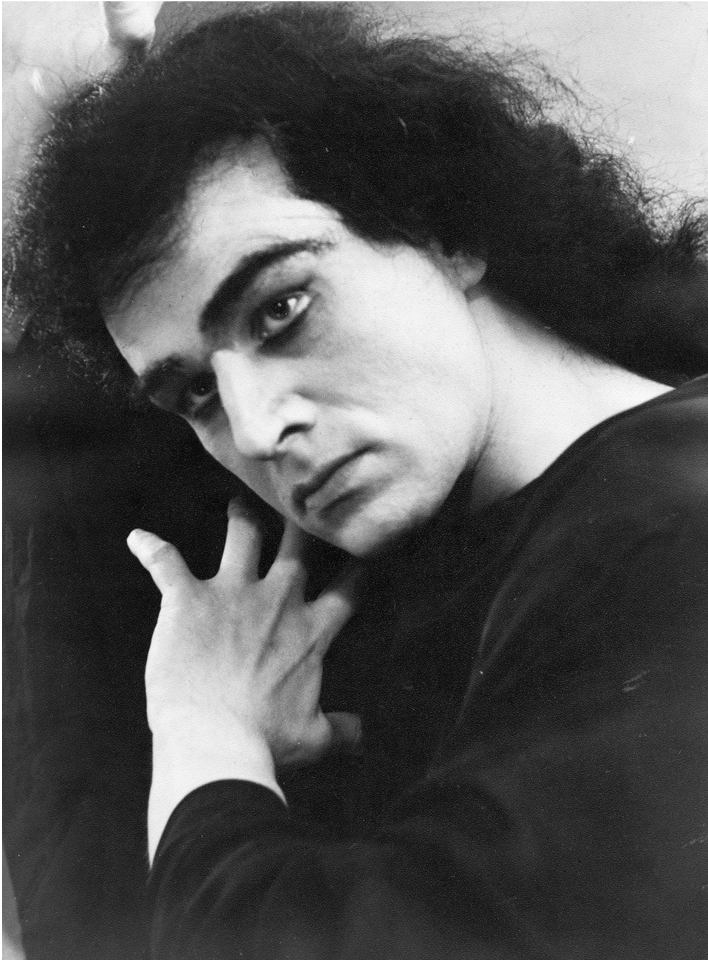
Was it difficult to collect material for the book?
- I didn’t have any difficulties collecting the material for my book. At the beginning of 2000s there were still a lot of people who remembered Ots and I had an opportunity to interview these people. I also listened through all the interviews with Ots I could find in the archives of Estonian Radio. I read lots of articles, reviews and feedback published in Estonian media.
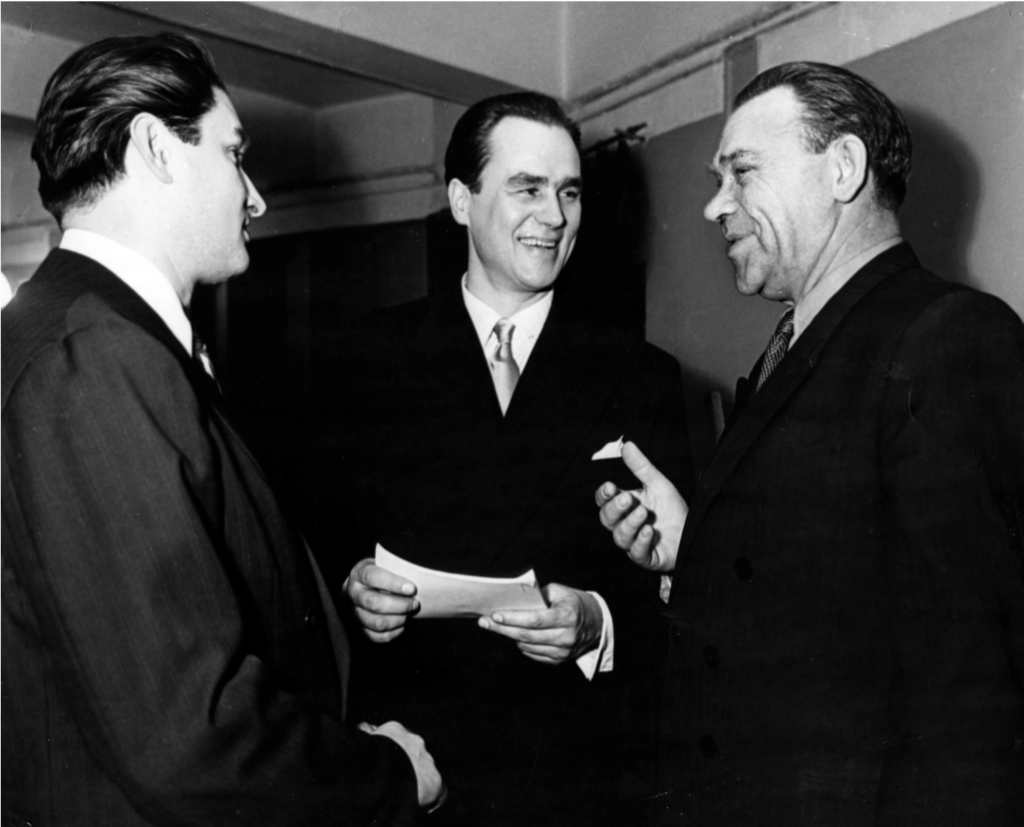
Did you come across any facts about the life and work of Georg Ots, which you did not know about before?
- The answer is “yes”. I had a chance to read the KGB-files on Georg Ots. I learned, among other things, that in 1957 he got his kidney removed in Moscow. I also read some tracing reports on him. Even his wife’s Ilona’s and his mother’s correspondence was followed by KGB. There exists a document from 1943 in which he agrees to collaborate with KGB.
- However, it seems like this collaboration was very short-lived since no records can be found in his files. Younger generations have accused him groundlessly when it comes to this collaboration.
What sources did you use to collect the information?
- Of the sources, let there be mentioned the interviews of relatives, former colleagues, friends, and acquaintances, books, compilations, manuscripts, documents, memoirs, albums, records, newspapers, magazines and radio shows, the Estonian State Archive, the archives of the Estonian Theatre and Music Museum, the archive of the Estonian National Opera, and the personal archives of relatives. There are over 2000 photographs in the Theatre and Music Museum (both role and other pictures). The photographs are mainly from the Estonian Theatre and Music Museum, the Estonian National Opera and private people.
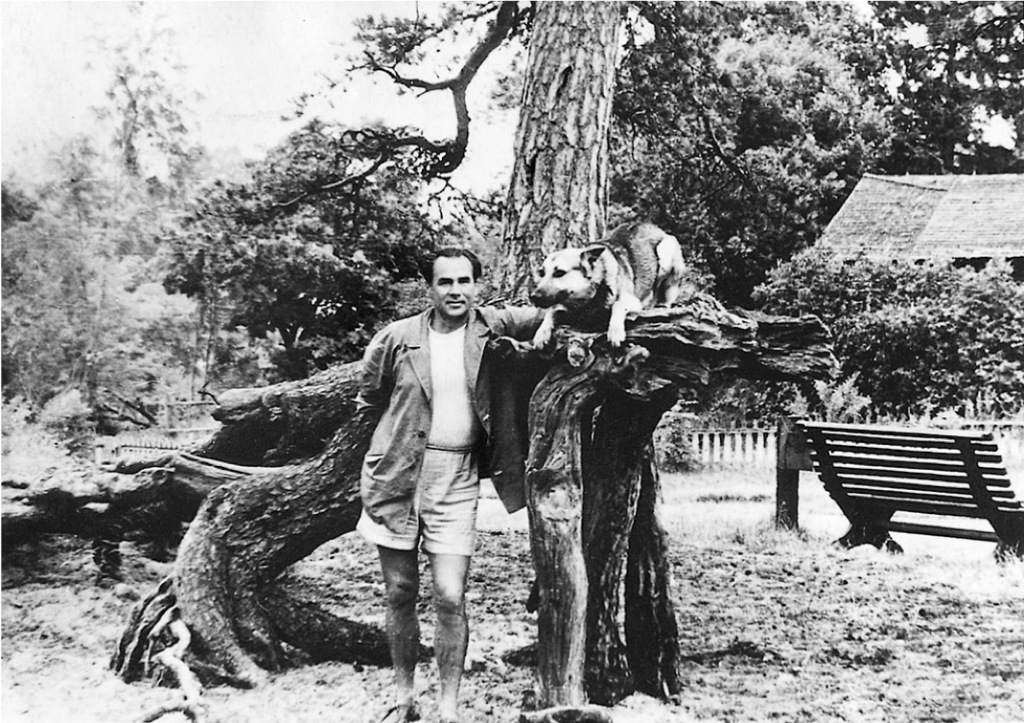
How long have you worked on this book, in which languages besides Finnish and Estonian is it published?
- It took me 1,5 years to write the book. It’s important to note that the book is not an academic research but a story, based on well-known facts.
- The book was first written in Finnish and was translated into Estonian. The book has also been published in Latvian and Russian. The title of the Russian version is “Mister X. Life of Georg Ots”.
- In Estonia this book has had a therapeutic role, which is understandable as the message can be crystallised as follows: let us have mercy on ourselves, we all lived then, the era was given to us, we had no other era or time, we have to make peace with the past, life is unfolding itself in front of us…
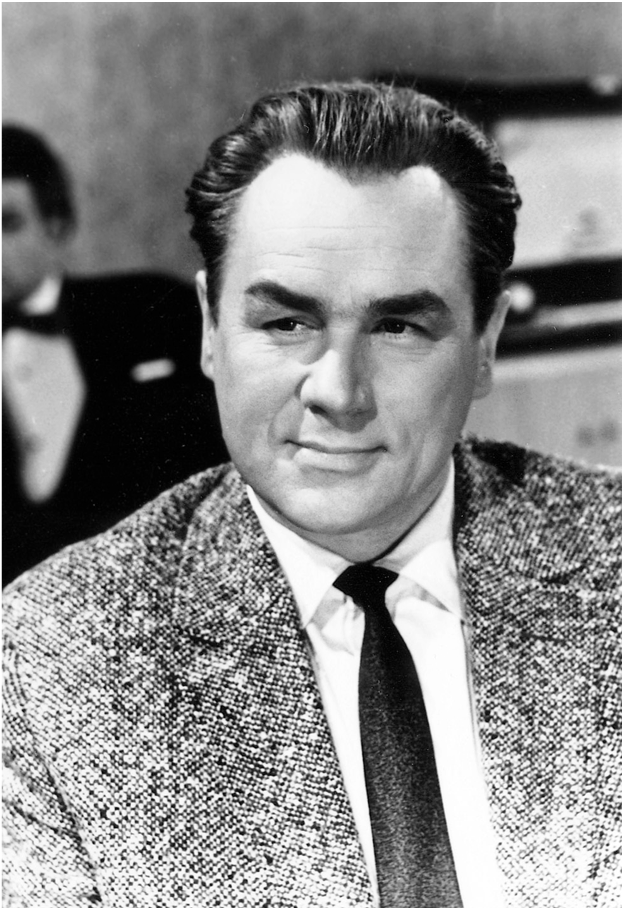
What do you think about the movie “Georg” which was released in 2007?
- In my opinion, the film about Georg Ots is weak and it represents his second wife Asta in a very extreme manner. On the other hand, Georg himself was portrayed as a puppet without his own will and without any characteristic features.
This year marks the hundredth anniversary since the birth of Georg Ots. His songs are mostly remembered by the older generation. What should be done to make the name of Geog Ots and his songs interesting to younger generation as well?
- It’s a hard question even though one can find lots of his music on the Internet. There are quite different trends in modern pop music of today. However, as an opera singer Georg Ots can be compared to the best baritones of today. His work/songs have been recorded even later. The best of these recordings is an album released by Estonian Radio (ERR) in 2001 consisting of 6 different records. (LPs). This album is very comprehensive.
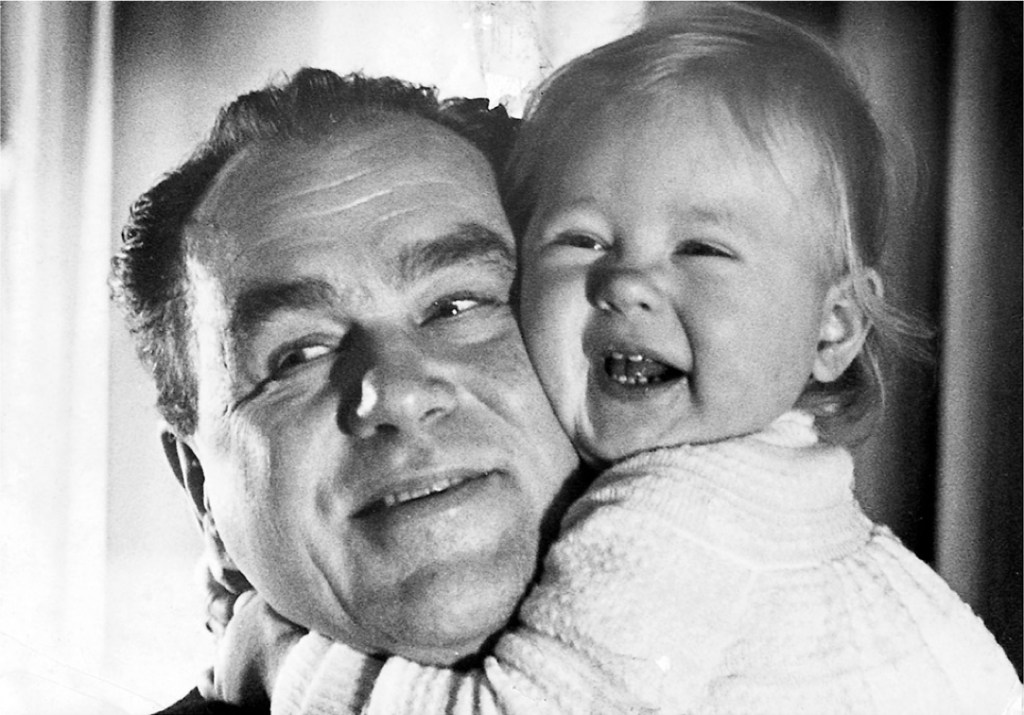
What exactly does the personality / persona of Georg Ots mean to you?
- I really wanted to convey to the reader that Georg Ots was a multi-talented person. He was an intellectual, he was a thinking person.

I can’t thank Kulle enough for her kindness, openness and time in sharing all the information with me including the pictures and all of the material that made this piece happen.
Thank you, dear Kulle, and I am wishing you more creative successes.

